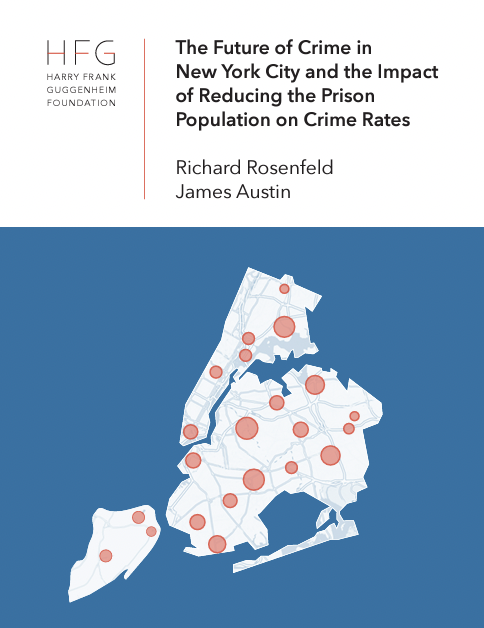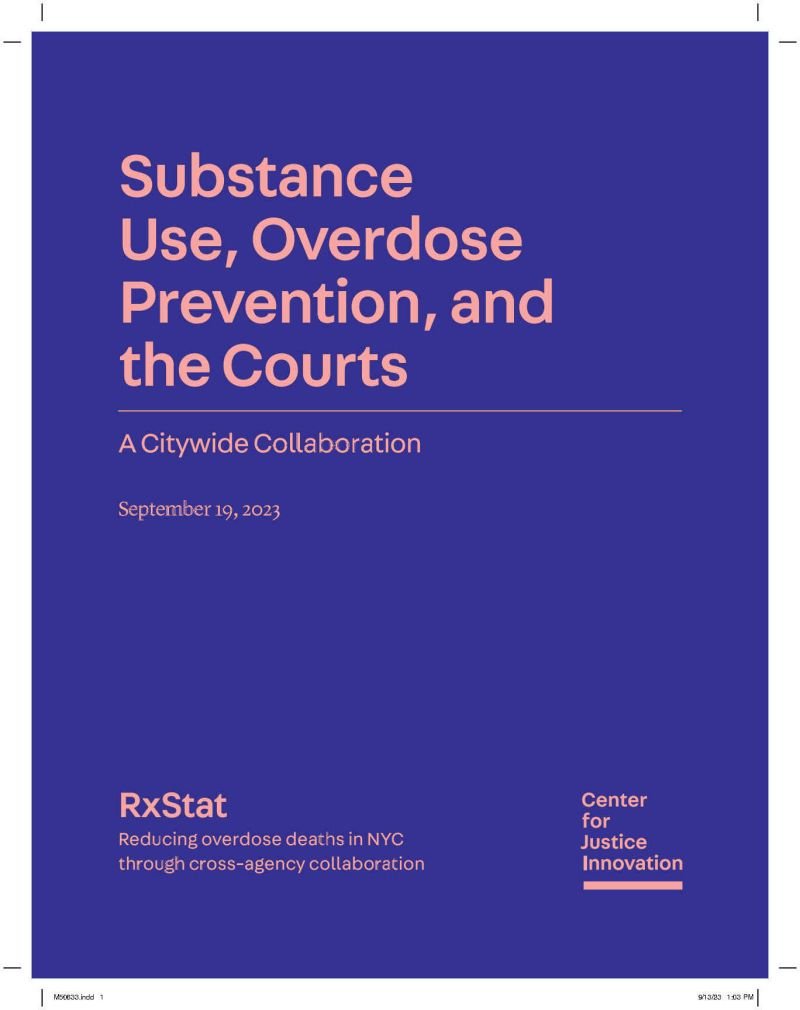By Michael J. Lynch1, and Michael A. Long2
Green criminology has developed into a criminological subfield with a substantial literature. That literature is so vast that a single review cannot do it justice. This article examines the definition of green crime, the historical development of green criminology, some major areas of green criminological research, and potential future developments. Unlike traditional criminology with its focus on human victims, green criminology recognizes that various living entities can be victims of the ways in which humans harm ecosystems. Green research thus explores crime, victimization, and justice from several theoretical positions that acknowledge these unique victims. Although green criminology contains several approaches, this review primarily focuses on political economic green criminology. The section titled The Definition, Overview, and Historical Development of Green Criminology identifies, but does not review in depth, other forms of green criminology.
Annu. Rev. Criminol. 2022. 5:255–76











